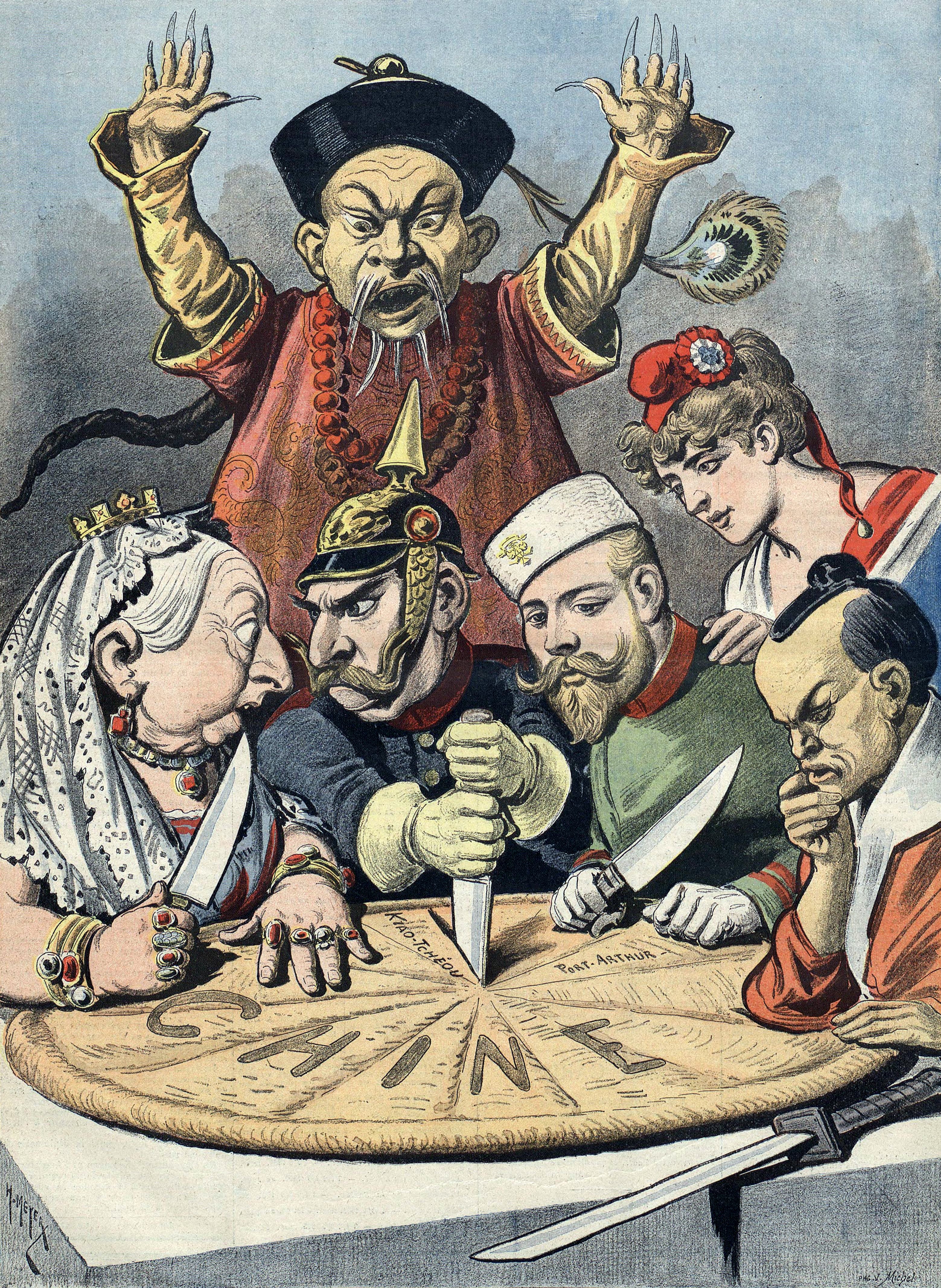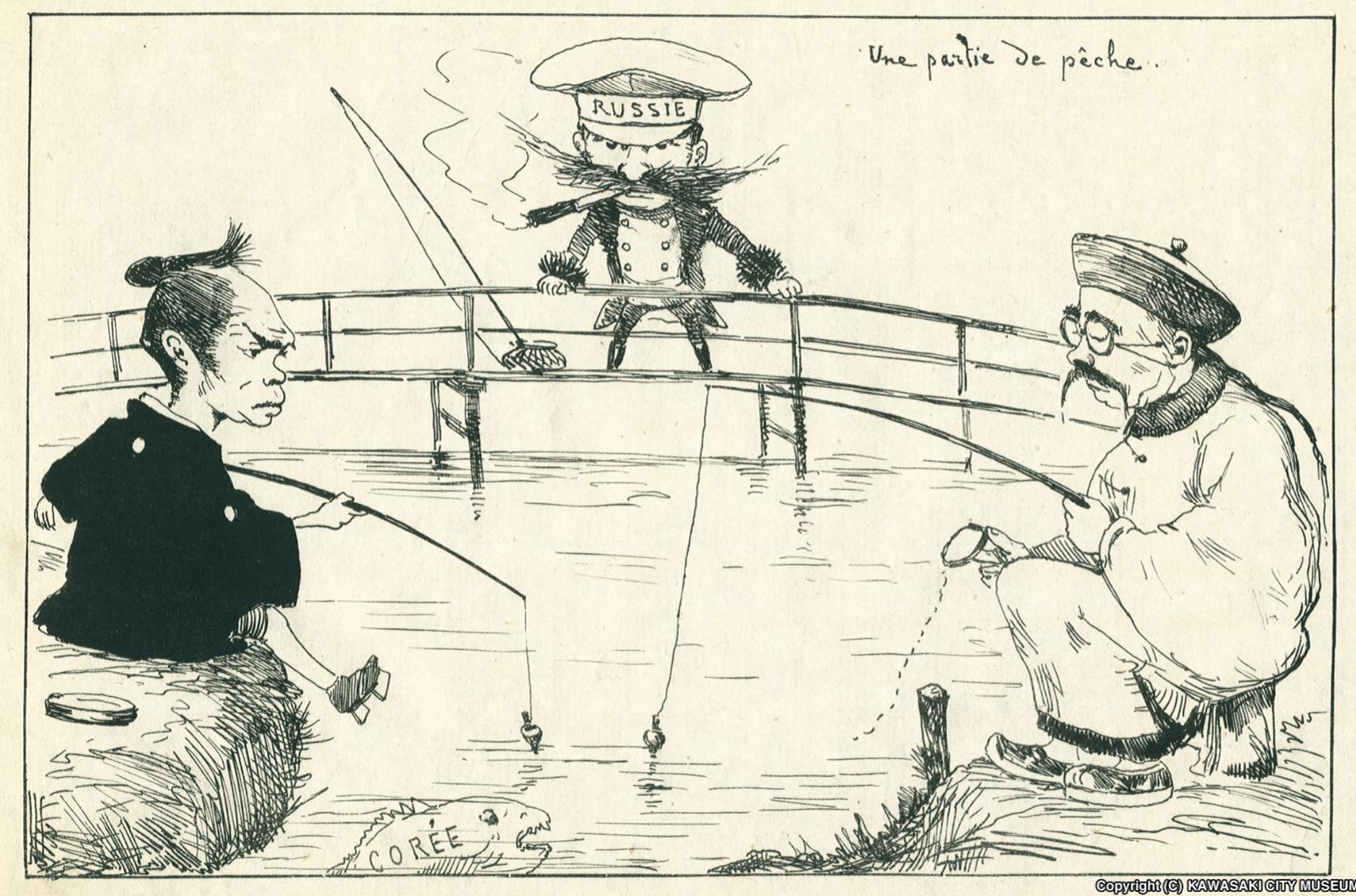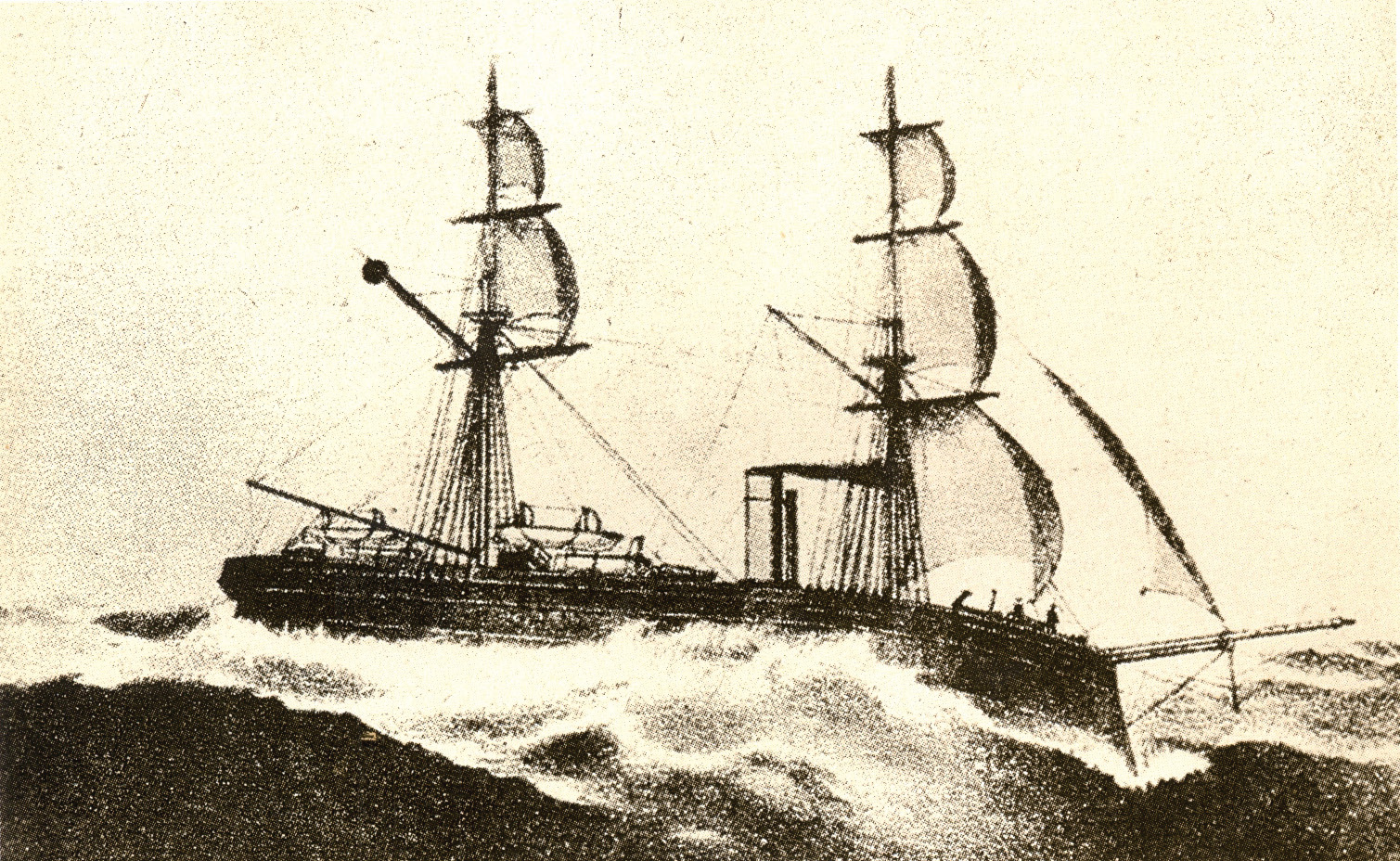|
Unequal Treaty
The unequal treaties were a series of agreements made between Asian countries—most notably Qing dynasty, Qing China, Tokugawa shogunate, Tokugawa Japan and Joseon, Joseon Korea—and Western countries—most notably the United Kingdom of Great Britain and Ireland, United Kingdom, French Third Republic, France, German Empire, Germany, Austria-Hungary, Kingdom of Italy, Italy, the United States and Russian Empire, Russia—during the 19th and early 20th centuries. They were often signed following a military defeat suffered by the Asian party, or amid military threats made by the Western party. The terms specified obligations to be borne almost exclusively by the Asian party and included provisions such as the cession of territory, payment of reparations, opening of treaty ports, relinquishment of the right to control tariffs and imports, and granting of extraterritoriality to foreign citizens. With the rise of Chinese nationalism and anti-imperialism in the 1920s, both the Kuomint ... [...More Info...] [...Related Items...] OR: [Wikipedia] [Google] [Baidu] |
Qing Dynasty
The Qing dynasty ( ), officially the Great Qing, was a Manchu-led Dynasties of China, imperial dynasty of China and an early modern empire in East Asia. The last imperial dynasty in Chinese history, the Qing dynasty was preceded by the Ming dynasty and succeeded by the Republic of China (1912–1949), Republic of China. At its height of power, the empire stretched from the Sea of Japan in the east to the Pamir Mountains in the west, and from the Mongolian Plateau in the north to the South China Sea in the south. Originally emerging from the Later Jin (1616–1636), Later Jin dynasty founded in 1616 and proclaimed in Shenyang in 1636, the dynasty seized control of the Ming capital Beijing and North China in 1644, traditionally considered the start of the dynasty's rule. The dynasty lasted until the Xinhai Revolution of October 1911 led to the abdication of the last emperor in February 1912. The multi-ethnic Qing dynasty Legacy of the Qing dynasty, assembled the territoria ... [...More Info...] [...Related Items...] OR: [Wikipedia] [Google] [Baidu] |
Sovereignty
Sovereignty can generally be defined as supreme authority. Sovereignty entails hierarchy within a state as well as external autonomy for states. In any state, sovereignty is assigned to the person, body or institution that has the ultimate authority over other people and to change existing laws. In political theory, sovereignty is a substantive term designating supreme legitimate authority over some polity. In international law, sovereignty is the exercise of power by a state. ''De jure'' sovereignty refers to the legal right to do so; '' de facto'' sovereignty refers to the factual ability to do so. This can become an issue of special concern upon the failure of the usual expectation that ''de jure'' and ''de facto'' sovereignty exist at the place and time of concern, and reside within the same organization. Etymology The term arises from the unattested Vulgar Latin *''superanus'' (itself a derived form of Latin ''super'' – "over") meaning "chief", "ruler". Its spellin ... [...More Info...] [...Related Items...] OR: [Wikipedia] [Google] [Baidu] |
John King Fairbank
John King Fairbank (May 24, 1907September 14, 1991) was an American historian of China and United States–China relations. He taught at Harvard University from 1936 until his retirement in 1977. He is credited with building the field of China studies in the United States after World War II with his organizational ability, his mentorship of students, support of fellow scholars, and formulation of basic concepts to be tested. The Fairbank Center for Chinese Studies at Harvard is named after him. Among his most widely read books are ''The United States and China'', first published in 1948 and revised editions in 1958, 1979, and 1983; ''East Asia: The Great Tradition'' (1960) and ''East Asia The Great Transformation'' (1965), co-authored with Edwin O. Reischauer; and his co-edited series, '' The Cambridge History of China''. Early life Fairbank was born in Huron, South Dakota, in 1907. His father was Arthur Boyce Fairbank (1873–1936), a lawyer, and his mother was Lorena King F ... [...More Info...] [...Related Items...] OR: [Wikipedia] [Google] [Baidu] |
Republic Of China (1912–1949)
The Republic of China (ROC) began on 1 January 1912 as a sovereign state in mainland China following the 1911 Revolution, which overthrew the Manchu people, Manchu-led Qing dynasty and ended China's imperial China, imperial history. From 1927, the Kuomintang (KMT) Northern expedition, reunified the country and initially ruled it as a one-party state with Nanjing as the national capital. In 1949, Nationalist government, the KMT-led government was defeated in the Chinese Civil War and lost control of the mainland to the Chinese Communist Party (CCP). The CCP Proclamation of the People's Republic of China, established the People's Republic of China (PRC) while the ROC was forced to Retreat of the government of the Republic of China to Taiwan, retreat to Taiwan; the ROC retains control over the Taiwan Area, and political status of Taiwan, its political status remains disputed. The ROC is recorded as a founding member of both the League of Nations and the United Nations, and previous ... [...More Info...] [...Related Items...] OR: [Wikipedia] [Google] [Baidu] |
China Imperialism Cartoon
China, officially the People's Republic of China (PRC), is a country in East Asia. With population of China, a population exceeding 1.4 billion, it is the list of countries by population (United Nations), second-most populous country after India, representing 17.4% of the world population. China spans the equivalent of five time zones and Borders of China, borders fourteen countries by land across an area of nearly , making it the list of countries and dependencies by area, third-largest country by land area. The country is divided into 33 Province-level divisions of China, province-level divisions: 22 provinces of China, provinces, 5 autonomous regions of China, autonomous regions, 4 direct-administered municipalities of China, municipalities, and 2 semi-autonomous special administrative regions. Beijing is the country's capital, while Shanghai is List of cities in China by population, its most populous city by urban area and largest financial center. Considered one of six ... [...More Info...] [...Related Items...] OR: [Wikipedia] [Google] [Baidu] |
First Sino-Japanese War
The First Sino-Japanese War (25 July 189417 April 1895), or the First China–Japan War, was a conflict between the Qing dynasty of China and the Empire of Japan primarily over influence in Joseon, Korea. In Chinese it is commonly known as the Jiawu War. After more than six months of unbroken successes by Japanese land and naval forces and the loss of the ports of Lüshunkou (Port Arthur) and Weihaiwei, the Qing government sued for peace in February 1895 and signed the Unequal treaties, unequal Treaty of Shimonoseki two months later, ending the war. In the late 19th century, Korea remained one of China's tributary states, while Japan viewed it as a target of imperial expansion. In June 1894, the Qing government, at the request of the Korean emperor Gojong of Korea, Gojong, sent 2,800 troops to aid in suppressing the Donghak Peasant Revolution. The Japanese considered this a violation of the 1885 Convention of Tientsin, and sent an expeditionary force of 8,000 troops, which la ... [...More Info...] [...Related Items...] OR: [Wikipedia] [Google] [Baidu] |
Meiji Restoration
The , referred to at the time as the , and also known as the Meiji Renovation, Revolution, Regeneration, Reform, or Renewal, was a political event that restored Imperial House of Japan, imperial rule to Japan in 1868 under Emperor Meiji. Although there were ruling emperors before the Meiji Restoration, the events restored practical power to, and consolidated the political system under, the Emperor of Japan. The Restoration led to enormous changes in Japan's political and social structure and spanned both the late Edo period (often called the Bakumatsu) and the beginning of the Meiji era, during which time Japan rapidly Industrialization, industrialised and adopted Western culture, Western ideas and production methods. The origins of the Restoration lay in economic and political difficulties faced by the Tokugawa shogunate. These problems were compounded by the encroachment of foreign powers in the region which challenged the Tokugawa policy of , specifically the arrival of the Pe ... [...More Info...] [...Related Items...] OR: [Wikipedia] [Google] [Baidu] |
Empire Of Japan
The Empire of Japan, also known as the Japanese Empire or Imperial Japan, was the Japanese nation state that existed from the Meiji Restoration on January 3, 1868, until the Constitution of Japan took effect on May 3, 1947. From Japan–Korea Treaty of 1910, 1910 to Japanese Instrument of Surrender, 1945, it included the Japanese archipelago, the Kuril Islands, Kurils, Karafuto Prefecture, Karafuto, Korea under Japanese rule, Korea, and Taiwan under Japanese rule, Taiwan. The South Seas Mandate and Foreign concessions in China#List of concessions, concessions such as the Kwantung Leased Territory were ''de jure'' not internal parts of the empire but dependent territories. In the closing stages of World War II, with Japan defeated alongside the rest of the Axis powers, the Japanese Instrument of Surrender, formalized surrender was issued on September 2, 1945, in compliance with the Potsdam Declaration of the Allies of World War II, Allies, and the empire's territory subsequent ... [...More Info...] [...Related Items...] OR: [Wikipedia] [Google] [Baidu] |
China–Korea Treaty Of 1882
The China–Korea Treaty of 1882 (; ) was negotiated between representatives of the Qing dynasty China and the Joseon dynastyMoon, Myungki"Korea-China Treaty System in the 1880s and the Opening of Seoul: Review of the Joseon-Qing Communication and Commerce Rules," ''Journal of Northeast Asian History,'' Vol. 5, No. 2 (Dec 2008), pp. 85–120. in October 1882.Chu, Samuel C. (1994). This agreement has been described as the ''Joseon-Qing Communication and Commerce Rules''; and it has been called the ''Sino-Korean Regulations for Maritime and Overland Trade.'' The treaty remained in effect until 1895. After 1895, China lost its influence over Korea because of the First Sino-Japanese War. Background In 1876, Korea established a trade treaty with Japan after Japanese ships approached Ganghwado. Treaty negotiations with several Western countries were made possible by the completion of this initial Japanese overture. In 1882, the Americans concluded a treaty and established diplomatic r ... [...More Info...] [...Related Items...] OR: [Wikipedia] [Google] [Baidu] |
Japan–Korea Treaty Of 1876
The Japan–Korea Treaty of 1876 (also known as the Japan–Korea Treaty of Amity in Japan and the Treaty of Ganghwa Island in Korea) was made between representatives of the Empire of Japan and the Joseon, Kingdom of Joseon in 1876.Chung, Young-lob (2005). . "...the initial opening of Korea's borders to the outside world came in the form of the Korea-Japan Treaty of Amity (the so-called Ganghwa Treaty)." Negotiations were concluded on February 26, 1876.Korean Mission to the Conference on the Limitation of Armament, Washington, D.C., 1921–1922 (1922). ; "Treaty between Japan and Korea, dated February 26, 1876." In Korea, Heungseon Daewongun, who instituted a policy of increased isolationism against the European powers, was forced into retirement by his son Gojong of Korea, King Gojong and Gojong's wife, Empress Myeongseong. Second French Empire, France and the United States had already made several unsuccessful attempts to begin commerce with the Joseon dynasty during the Daewo ... [...More Info...] [...Related Items...] OR: [Wikipedia] [Google] [Baidu] |
Foreign Policy Of China
The People's Republic of China emerged as a great power and one of the three big players in the tri-polar geopolitics (PRC-US-USSR) during the Cold War, after the Korean War in 1950–1953 and the Sino-Soviet split in the 1960s, with its status as a recognized nuclear weapons state. Currently, China has one of the world's largest populations, second largest GDP (nominal) and the largest economy in the world by PPP. In 1950–1953 it fought an undeclared war in Korea against the United States. Until the late 1950s it was allied with the Soviet Union but by 1960 they began a bitter contest for control over the local communist movement in many countries. It reached détente with the United States in 1972. After Chinese Communist Party chairman Mao Zedong died in 1976, Deng Xiaoping led a massive process of industrialization and emphasized trade relations with the world, while maintaining a low key, less ideological foreign policy, widely described by the phrase '' Taoguang Yangh ... [...More Info...] [...Related Items...] OR: [Wikipedia] [Google] [Baidu] |






